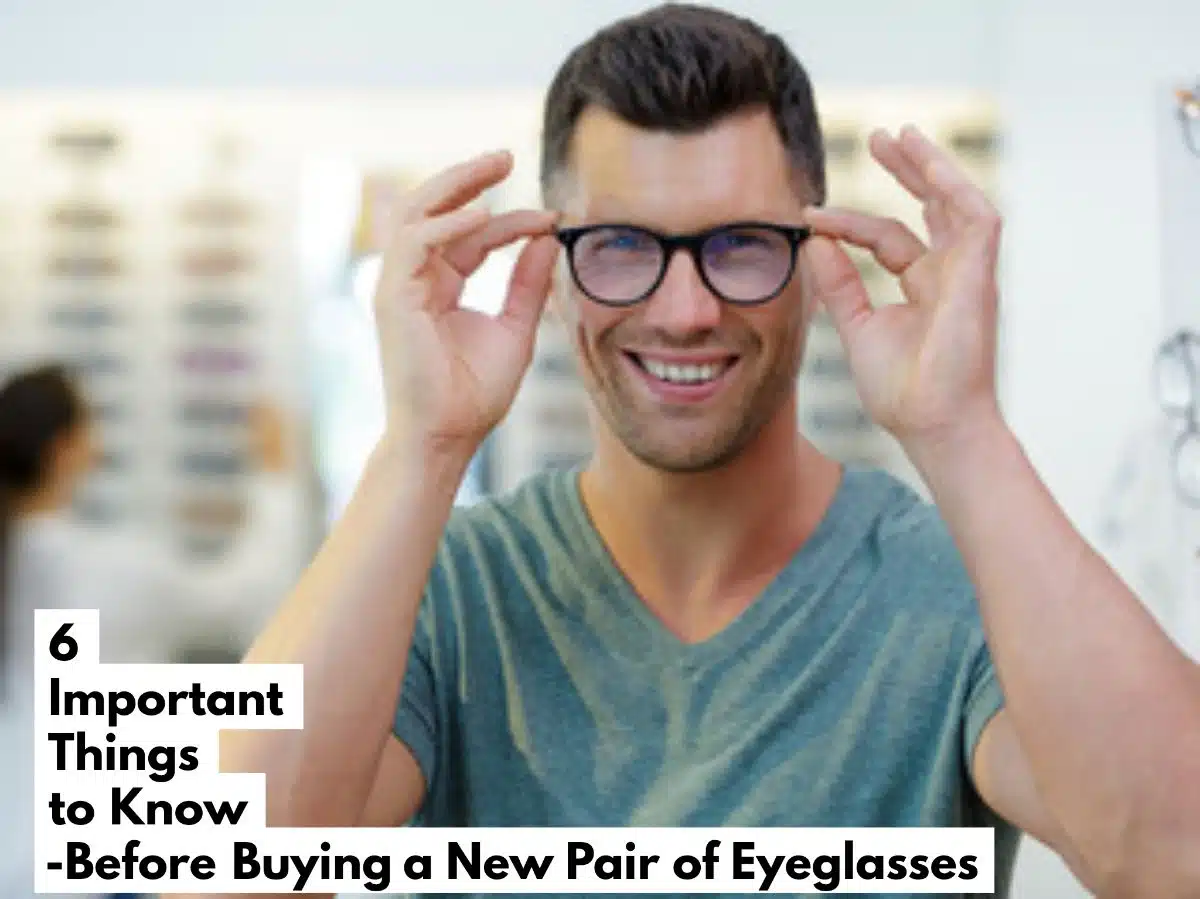Thousands of people with refractive errors choose prescription eyeglasses over contact lenses even today. Whether it’s getting eyeglasses for the first time or the fifth time, it should be always kept in mind that there are chances of overcorrection or under correction. Hence, if you too are getting prescription eyeglasses, always notice how your eyes are adjusting to new glasses.
1. Blurred Vision
If you are experiencing sudden or occasional blurriness in your vision, in one or both the eyes, it might indicate a change in your vision. A comprehensive eye exam can help you know the exact cause. The reason for having a sudden blurry vision in many cases may be a change in the vision which can be easily addressed by a new prescription.
2. Squinting
Squinting is the natural way to improve clarity and focus of your vision. People who have a problem seeing clearly often squint constantly and don’t even realize it until their eyes and head begin to hurt. The action of squinting causes more damage in the long run. When you squint, you put excessive strain on your eyes which makes your vision problems even worse. In case you notice yourself squinting more when working on the computer or reading a book, for instance, you may need a new prescription for your eyeglasses.
3. Headaches
Generally, people fail to associate frequent headaches with a vision change. Your brain is able to recognize even the slightest change in your vision and once alerted to this change, it will work hard to try and correct the problem. This causes the brain to use too much energy and eventually wear itself out which results in headaches. People who are farsighted often suffer from headaches after looking at things closely for an extended period of time. People who are nearsighted often experience headaches in the front region of their head or exactly over the eyebrow. So if you are wearing glasses, a headache might mean that you need to get your prescription for eyeglasses checked.
4. Vertigo is another sign of wrong prescription glasses
Vertigo is more than simple dizziness. While dizziness can be cured by just lying or sitting down, vertigo is much more severe. It is defined as the feeling of being unbalanced while sitting or standing and is often lasting. Even though it is often associated with inner ear problems, it can also be caused by blurred vision and requires medical attention. If you already have the condition of vertigo, wearing wrong prescription eyeglasses will only worsen the symptoms.
Depth perception is the ability of the human eye to see in three dimensions and judge the distance of an object. It is crucial for our survival as without it we increase the risk of injuries. Vertigo caused by wrong prescription eyeglasses can also affect your depth perception. In case you are already diagnosed with vertigo and notice that your prescription glasses are worsening your symptoms, consult your eye doctor and consider correcting the prescription lenses.
Also, if you don’t have vertigo, but are suddenly experiencing the symptoms of this condition after wearing new prescription glasses, see your eye doctor immediately to get your prescription fixed.
5. Fatigued or Strained Eyes
One of the surest signs that your vision has changed is fatigued or strained eyes. Your eyes can be strained for a number of reasons ranging from inadequate sleep, digital eye strain or even due to some seasonal allergies. But, these factors generally last for a few days only. If you are constantly experiencing fatigued or strained eyes for quite some time now, it might mean that you need a new prescription for your eyeglasses.
6. Old Glasses
FAQ: Signs of Wrong Prescription Glasses
Q1. What are the most common symptoms of wearing the wrong prescription glasses?
A: Common signs include:
Frequent headaches
Blurred or double vision
Eye fatigue or strain
Dizziness or nausea
Difficulty focusing
Increased sensitivity to light
According to the American Optometric Association, these symptoms can occur if your lenses do not match your visual needs or if your prescription has changed over time.
Q2. How long does it take for your eyes to adjust to new glasses?
A: Most people adjust to new glasses within a few days to two weeks. However, if discomfort persists beyond two weeks, your prescription may be incorrect or the lenses may be poorly centered. The NHS recommends visiting your optometrist if symptoms last longer than 14 days.
Q3. Can wearing the wrong prescription glasses damage your eyes?
A: No, wearing the wrong prescription generally won’t permanently damage your eyes, but it can cause significant discomfort and visual strain, especially in children or those with progressive conditions like myopia. Source: Mayo Clinic.
Q4. Why do my new glasses make me dizzy or nauseous?
A: Dizziness or nausea may result from:
Incorrect prescription
Incorrect lens alignment or axis (common in astigmatism)
Transitioning to progressive lenses
These symptoms are often temporary but should be assessed if they persist beyond a few days. (Source: AOA)
Q5. Should I wear old glasses if my new ones feel wrong?
A: Only wear your old glasses temporarily. Reverting long-term may worsen eye strain or headaches if the prescription is outdated. Instead, consult your optometrist for a reassessment of your new prescription.
Q6. How often should I get my eyes checked in the UK?
A: According to the NHS, adults should have an eye test every 2 years, or more often if recommended by an optometrist due to existing conditions like diabetes, glaucoma risk, or vision changes.






